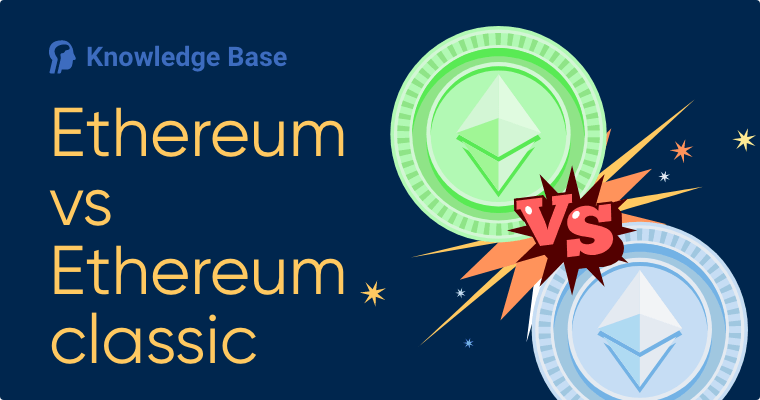Ethereum 2.0, also known as ETH 2.0, is a significant upgrade to the original Ethereum network, ETH 1.0. The upgrade aims to address scalability and energy efficiency concerns, making Ethereum a more robust and sustainable blockchain platform. Through this article, we will explore the key differences between Ethereum 2.0 and Ethereum 1.0, highlighting the improvements and benefits brought by the upgrade.
Scalability:
Ethereum 1.0 operates on a proof-of-work (PoW) consensus mechanism, which limits its scalability. In contrast, Ethereum 2.0 introduces a new consensus mechanism called proof-of-stake (PoS). By shifting to PoS, Ethereum 2.0 significantly enhances scalability by eliminating the need for miners to solve computationally intensive puzzles, allowing for a higher number of transactions to be processed per second.
Energy Efficiency:
One of the drawbacks of Ethereum 1.0 is its high energy consumption due to the PoW consensus mechanism. Ethereum 2.0 tackles this issue by implementing PoS, which is far more energy-efficient. PoS eliminates the need for power-hungry mining operations, reducing the environmental impact of Ethereum and aligning with the growing concerns regarding sustainable blockchain technology.
Shard Chains:
Ethereum 1.0 operates as a single blockchain, leading to congestion during periods of high network activity. Ethereum 2.0 introduces the concept of shard chains, which divide the network into smaller chains capable of processing transactions independently. This parallel processing capability enables Ethereum 2.0 to achieve higher throughput and reduces congestion, enhancing the overall scalability of the network.
Beacon Chain:
With the introduction of Ethereum 2.0, the Beacon Chain serves as the backbone of the new network. The Beacon Chain is responsible for coordinating validators, managing consensus, and facilitating communication between the shard chains. This fundamental change in Ethereum's architecture paves the way for future upgrades and advancements in the network's functionality and efficiency.
Staking:
Ethereum 2.0 introduces staking as a key mechanism for network participation. Users can stake their Ether (ETH) by locking up a certain amount of the cryptocurrency in the network. Validators, who are responsible for proposing and validating new blocks, are selected based on the amount of ETH they have staked. In return for their participation, validators receive rewards, creating a new avenue for users to earn passive income.
Security:
While Ethereum 1.0 is generally considered secure, Ethereum 2.0 enhances security through its PoS consensus mechanism. By requiring validators to hold a significant amount of ETH as collateral, the network discourages malicious behavior and attacks on the network. Additionally, the use of shard chains provides isolation, minimizing the potential impact of security breaches and ensuring the overall security of the Ethereum 2.0 network.
Economic Model:
In Ethereum 1.0, miners are rewarded with block rewards for their participation in the network. Ethereum 2.0 replaces this economic model with validator rewards, aligning incentives with the PoS consensus mechanism. Validators, who actively participate in block validation and consensus, receive ETH rewards, encouraging active network participation and ensuring the network's sustainability and security.
Transition Process:
The upgrade from Ethereum 1.0 to Ethereum 2.0 occurs in multiple phases. The initial phase, known as Phase 0, introduced the Beacon Chain in December 2020. Subsequent phases will gradually introduce shard chains, merge Ethereum 1.0 into the Ethereum 2.0 ecosystem, and enable full functionality. This phased transition allows for a smooth and seamless upgrade process, ensuring minimal disruption to existing Ethereum applications and users.
Interoperability:
Ethereum 2.0 is designed to be backward-compatible with Ethereum 1.0, ensuring seamless transition and interoperability between the two versions. This compatibility allows applications and smart contracts built on Ethereum 1.0 to migrate and benefit from the improved scalability and features of Ethereum 2.0. It also provides developers and users with a bridge between the two versions, facilitating the adoption of the upgraded Ethereum network.
Roadmap and Future Potential:
Ethereum 2.0's development roadmap extends beyond the initial upgrades and includes additional phases to further optimize scalability, security, and functionality. The upgrade opens doors for new use cases such as decentralized finance (DeFi), non-fungible tokens (NFTs), and more. With its enhanced capabilities, Ethereum 2.0 solidifies its position as a leading blockchain platform, offering immense potential for innovation and disruption across various industries.
Conclusion:
Ethereum 2.0 represents a significant leap forward for the Ethereum network, addressing the scalability and energy efficiency concerns of Ethereum 1.0. Through the adoption of PoS, the introduction of shard chains, and other improvements, Ethereum 2.0 aims to usher in a new era of blockchain technology. This upgrade enhances scalability, security, and sustainability while providing backward compatibility with Ethereum 1.0. As Ethereum 2.0 continues to evolve, its potential to revolutionize industries and empower decentralized applications becomes increasingly evident.
